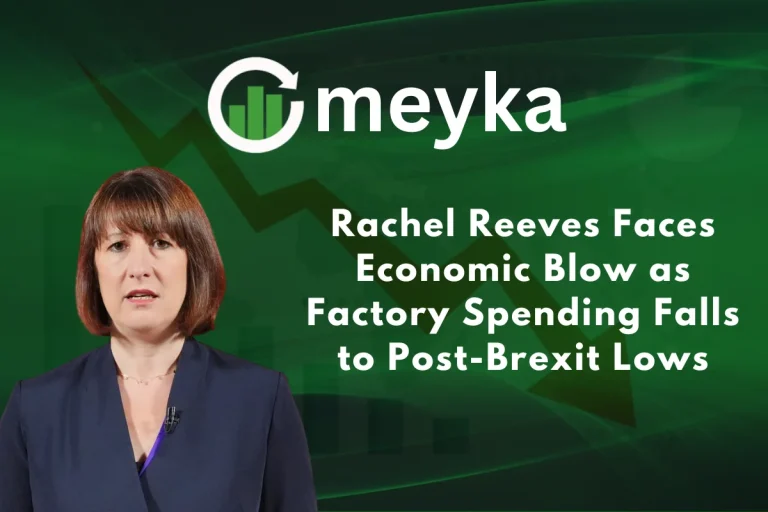Market shock: Rediff Money Tracks three IPOs Sinking from the Issue Price
In recent years, IPOs have become one of the most popular ways for companies to raise money and for investors to chase quick gains. In 2024 alone, more than 70 companies entered the stock market across major exchanges, many with huge hype and strong subscriptions. But not every IPO becomes a success story. Some stocks open well and then crash below their issue price within weeks or even days. This has raised serious concerns for retail investors who trust brand names and media buzz without deep research. Rediff Money, a well-known market tracking platform, recently highlighted three IPOs that have fallen sharply from their issue prices as of September 2024.
These cases show how excitement can quickly turn into disappointment when fundamentals do not match expectations. Falling IPOs not only hurt investors but also shake confidence in the overall market.
So, it is important to understand why these IPOs failed and what lessons they offer. This article breaks down the performance, reasons for the decline, and key takeaways to help investors make smarter decisions in future IPOs.
How will these Three IPOs Perform after Listing?
Rediff Money flagged several listings that fell below their issue prices. The platform noted that many IPOs since 2021 have destroyed investor wealth. Data show that about one in four IPOs issued since 2021 trade at more than a 10% discount to their issue price.
IPO #1 AGS Transact Technologies
AGS Transact is listed amid strong retail interest. The stock soon began a long slide. At listing, it looked expensive versus earnings. Over time, weak transaction volumes and tight margins hurt revenue. The share price has fallen dramatically from early highs and now sits near single digits. This fall wiped out large parts of early investors’ gains. Market trackers and analyst notes point to overvaluation at listing and poor earnings momentum as the main causes.

IPO #2 Popular Vehicles & Services
Popular Vehicles listed with high hopes. The firm operates in used-car distribution and related services. The IPO did not have strong institutional backing. Post-listing, investors faced weak demand and sector headwinds. The stock has traded well below some early benchmarks and failed to recover to its issue price for long stretches. Experts say the crowded auto services market and lack of clear differentiation weighed on the stock. Current price action remains volatile as of October 9, 2025.

IPO #3 DreamFolks Services
DreamFolks once attracted heavy subscription interest. The company’s airport services model promised recurring income. But earnings stayed inconsistent. Institutional support faded after the listing window. That left retail holders exposed when sentiment turned. The share now trades well below initial optimism levels. Analysts flagged the gap between promise and profit as the key issue.

Shared Reasons these IPOs Sank
Many of the failing listings share common flaws. First, pricing often looked stretched. Some IPOs hit the market at high price-to-earnings ratios. That left little room for error. Second, operating strength did not match the hype. Sales growth stalled or margins eroded. Third, regulatory shocks and sector troubles hit a few names hard. Fourth, after the initial listing, institutional support was limited. That left retail holders to absorb selling pressure. Rediff’s analysis notes these same themes across several damaged IPOs.
How Hype and the Grey Market Mislead Buyers?
Broker chatter, social posts, and grey market premiums can push buying interest. These measures may create a false sense of safety. Many retail investors buy on emotion. That leads to heavy losses when fundamentals fail to support the price. Trading forums often emphasize short-term gains. This draws in unsophisticated buyers who do not check balance sheets. Use caution when a stock is hot in the grey market.
Short-term Triggers and Macro Headwinds
The wider market also matters. In 2025, IPO volume rose even as secondary markets cooled. That made some listings vulnerable to profit-taking. Rising interest rates and global risk aversion hit growth and tech-adjacent names. When the overall market dips, speculative IPOs suffer the biggest falls. Rediff and other trackers reported a pullback in listing-day enthusiasm in mid-2025.
What Investors could have Done Differently?
Before buying an IPO, check recent financials and cash flow. Look for consistent profit trends. Study promoter quality and past performance. Read the risk section in the prospectus. Do not rely solely on subscription numbers. High subscription does not guarantee long-term gains. Consider waiting for a few quarters of post-listing results. Some traders use AI stock research analysis tool outputs to screen fundamentals and volatility. That can add an extra data point, but should not replace basic checks.
How do Trackers like Rediff Money Help?
Trackers publish post-listing performance and highlight weak cases. They show which IPOs trade below the issue price and by how much. This data helps investors spot patterns. It also forces companies and bankers to price more fairly. Regular follow-up stories improve market transparency. For example, Rediff’s surveys and features in 2025 called attention to several big wealth-erosion cases and urged caution.
Broader Market Lesson and Regulatory Angle
A run of poor listings can cool investor appetite for future IPOs. That may force issuers to set lower price bands. Regulators may also demand stronger disclosures. In the medium term, better due diligence by banks and more realistic valuations would help. For now, the pattern of overhyped listings followed by steep falls remains a warning sign for retail buyers and advisers.
Conclusion and Practical Takeaway
Not all IPOs are safe. Some sink fast when fundamentals do not back the price. Look beyond media buzz. Read the numbers and track early post-listing results. Use reliable data and avoid buying on hype alone. Keep holdings small until the business proves itself. Tracking tools and market reports can show where the real risks lie. Recent Rediff coverage of post-IPO losses highlights the same truth: solid business matters more than excitement.
Frequently Asked Questions (FAQs)
Some IPOs drop because they are overpriced or the company has weak earnings. If the market mood is negative, investors sell quickly. This often happens after listing, like in 2024.
Yes, market volatility can cause sharp price changes. IPOs are already unstable, so sudden news or global events can push prices down. It increases the chance of losses.
Investors should read the company’s financial reports and growth plans. They must compare the price with earnings. Checking expert reviews and market trends gives a clearer picture.
Disclaimer: The above information is based on current market data, which is subject to change, and does not constitute financial advice. Always do your research.






